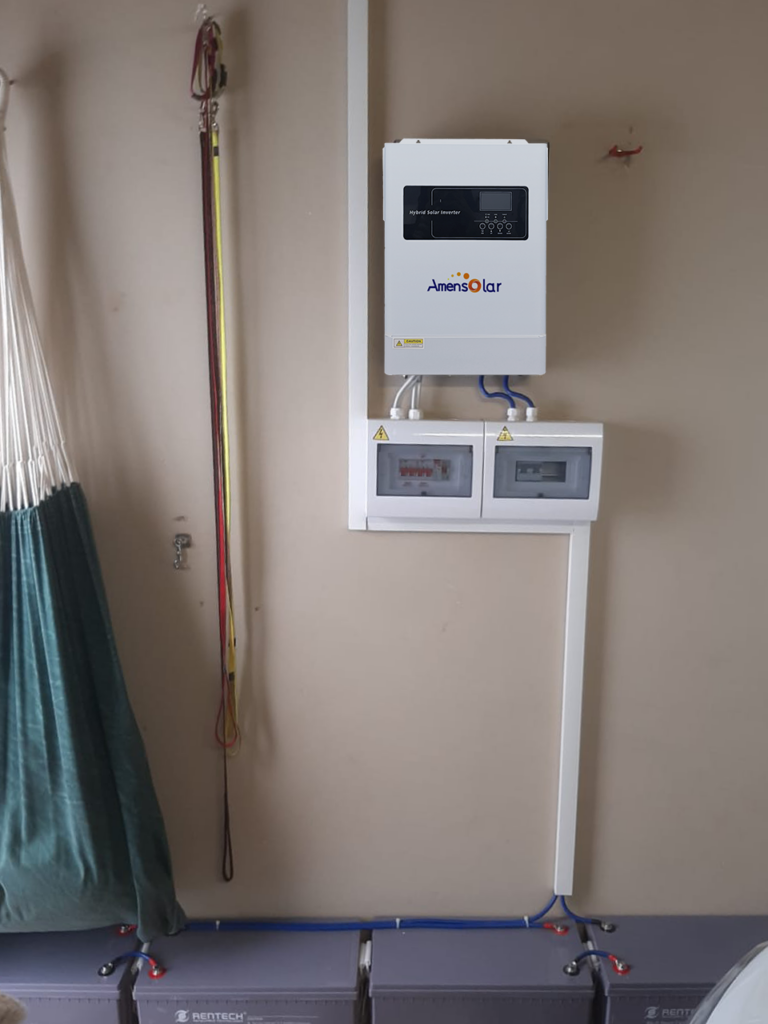High-frequency transformers refer to transformers that work at high frequencies and function as energy converters. Because the frequency of the magnetic field is very high, eddy currents will be generated in the silicon steel sheets (the small magnets in the silicon steel sheets cannot keep up with the conversion speed), so high-frequency transformers Generally, “high frequency ferrite” is used as the magnetic core. The difference between high-frequency transformers and low-frequency transformers lies in the frequency and working frequency, which leads to some differences in material selection. The working principle of low-frequency transformers and high-frequency transformers is the same. Regardless of the operating frequency, energy is transmitted through electromagnetic induction.
Since high frequency and low frequency have different frequencies, high frequency can only be used in circuits with high frequency and the excitation source frequency matches the frequency of the transformer, while low frequency is the opposite and cannot be mixed. Even if the frequency of high frequency does not match, generally It cannot be used.
If the transformer transmits a certain amount of energy, has a high operating frequency, transmits energy many times within a certain period of time, and can transmit less energy each time, then the transformer uses less materials and has a small structural size. Therefore, for general high-frequency transformers, the number of coil turns is There are relatively few, the size can be made very small, and the number of turns of the low-frequency transformer coil is relatively large.
For two transformers with the same power, the high-frequency transformer will be much smaller than the low-frequency transformer. In this case, the high-frequency transformer will be only about one-tenth of the low-frequency transformer. This is because the low-frequency transformer needs to be protected, the u value is reduced, and it is made of silicon steel sheets, but the efficiency becomes worse, so large-volume heat dissipation is required.
Nowadays, many electronic enthusiasts choose toroidal transformers when choosing audio power amplifier transformers. The use of toroidal transformers for audio power amplifiers is determined by the characteristics of audio power amplifiers.
Basically different from the power consumption of other devices, the power consumption of audio amplifiers not only changes rapidly, but also varies greatly. This requires that the transformer must have strong instantaneous overload capability and fast response speed, otherwise it will easily cause noise, incomplete sound, poor sound quality, etc. Due to the large capacity of the toroidal transformer in the same volume, the direct coupling type has almost zero delay response, which can meet the characteristics of audio power supply.

Advantages of toroidal transformers used in audio power amplifiers: 1. High electrical efficiency, no air gap in the core, and high stacking coefficient. 2. Small size and light weight. The weight of toroidal transformer can be reduced by half compared with laminated transformer. 3. The magnetic interference is small. There is no air gap in the toroidal transformer core, and the windings are evenly wound around the toroidal core. This structure results in small magnetic leakage and small electromagnetic radiation. 4. The vibration noise is small. The absence of air gaps in the iron core can reduce the noise of induced vibration in the iron core. The windings evenly and tightly wrap the annular iron core, effectively reducing the “buzzing” sound caused by magnetostriction. 5. Low operating temperature is due to iron loss, which is very small, the core temperature rise is low, and the windings dissipate heat well on the lower temperature core, so the temperature rise of the transformer is low. 6. Easy to install. The toroidal transformer has only one mounting screw in the center, making it especially easy to install and disassemble quickly in electronic equipment.
发表回复